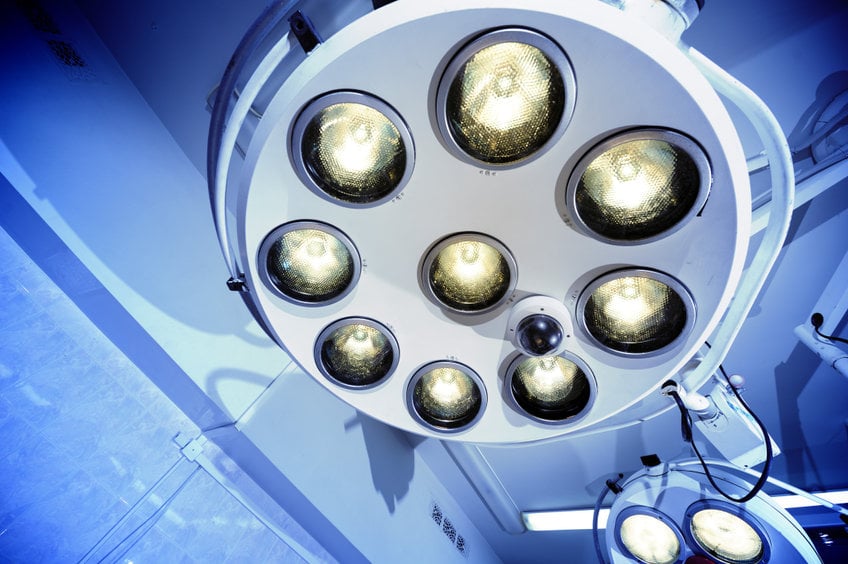What Is Robotic-Assisted Surgery?
In today’s time, technology is well-advanced and facilitates in making complex surgeries simpler. Robotic-assisted surgery, a minimally invasive surgery, involves creating tiny incisions and using a camera and robotic arms. This type of surgery gives doctors more flexibility and control, and procedures are performed with more precision.

How robotic-assisted surgery works and the usage
Once the patient is lying and sedated or the area is numbed, the surgeon will create incisions in the body. After creating tiny incisions, the surgeon will then introduce instruments and a camera. During operation, the surgeon will manually control the instruments with the guide of the camera. The duration of this surgery is about 1-2 hours. This type of procedure has been successfully performed for various operative conditions such as heart, colorectal, thoracic, urological, and endometriosis.
Benefits
Robotic-assisted surgery has many advantages for both the patient and the doctor. The benefits for the patient include a lower risk of infection and blood loss, fewer blood transfusions, and less pain. Outpatient surgery means faster recovery, shorter length of hospital stay, less scarring, and fewer complications. The benefits for surgeons include a better view of the site and high-resolution image and more space for operating. This implies that technology does help significantly in improving surgical recovery time.
Associated risks and complications
Similar to any other surgical procedure, robotic-assisted surgeries have risks and complications but are rare. The possible complications include side effects from anesthesia, infection, unusual blood loss, and damage to organs, nerves, or vessels. Depending on the case, there may be a need to switch to laparoscopic or open surgeries. Certain conditions such as alcohol use disorder, obesity, and smoking can increase the chances of complications.
When to call the doctor post-surgery
After the surgery, follow-up visits with the doctor to ensure the well-being of the patient. However, sometimes complications can occur before or after any follow-up visits. Important signs and symptoms to watch out for:
- Fever or chills
- Increased pain at the site
- Pain or swelling of the lower limbs
- Bleeding or discharge from the incision site
- Gastrointestinal symptoms such as constipation, diarrhea, nausea, and vomiting
- Urinating issues
- Shortness of breath and cough
Although complications of robotic-assisted surgery are rare, immediate medical attention is recommended for these signs and symptoms.
What happens after surgery
Patients want to know what to expect after a robotic-assisted operation. After the surgery, there will be pain and swelling for about 2 weeks, and painkillers and rest are usually advised. The average length of hospital stay is a few days unless there are associated risks and complications. In general, patients usually take 6 weeks to recover from the surgery but can take longer depending on the case. The doctor will provide the best advice and precautions and any concerns will be addressed.
Reclaiming Your Reach: Will Rotator Cuff Surgery Improve My Mobility?
Minnesota Valley Valley Center2024-02-22T15:35:29-06:00February 29th, 2024|
Rotator cuff tears can severely limit shoulder mobility. Surgery can relieve pain and improve mobility, allowing patients better reach.
Do You Need Clavicle Fracture Repair? Surgery vs Immobilization For A Collarbone Injury
Minnesota Valley Valley Center2024-02-21T10:31:27-06:00February 15th, 2024|
A fractured collarbone is painful and limits movement. A doctor can help determine if surgery or immobilization is the best choice.
Managing Arthritis: Try These Treatment Options Before Total Hip Replacement
Minnesota Valley Valley Center2024-01-16T09:38:22-06:00January 30th, 2024|
There are many options for hip arthritis before surgery. These options include physical activity, lifestyle modifications, and medications.
More Articles from MVSC
June 28, 2022
Spinal arthritis can reduce the space for nerves and the spinal cord. In some cases where treatment fails, a laminectomy can help.
March 14, 2022
By choosing robotic-assisted surgery, patients experience a faster recovery, fewer complications and minimal scarring.
February 2, 2022
A wrist arthroscopy is a minimally invasive surgery can that can treat athletic injuries. Here’s how the procedure works.
November 3, 2021
An ankle fracture is a injury to the joint that can happen at almost any age. To repair the damage, there might be an ORIF procedure.










